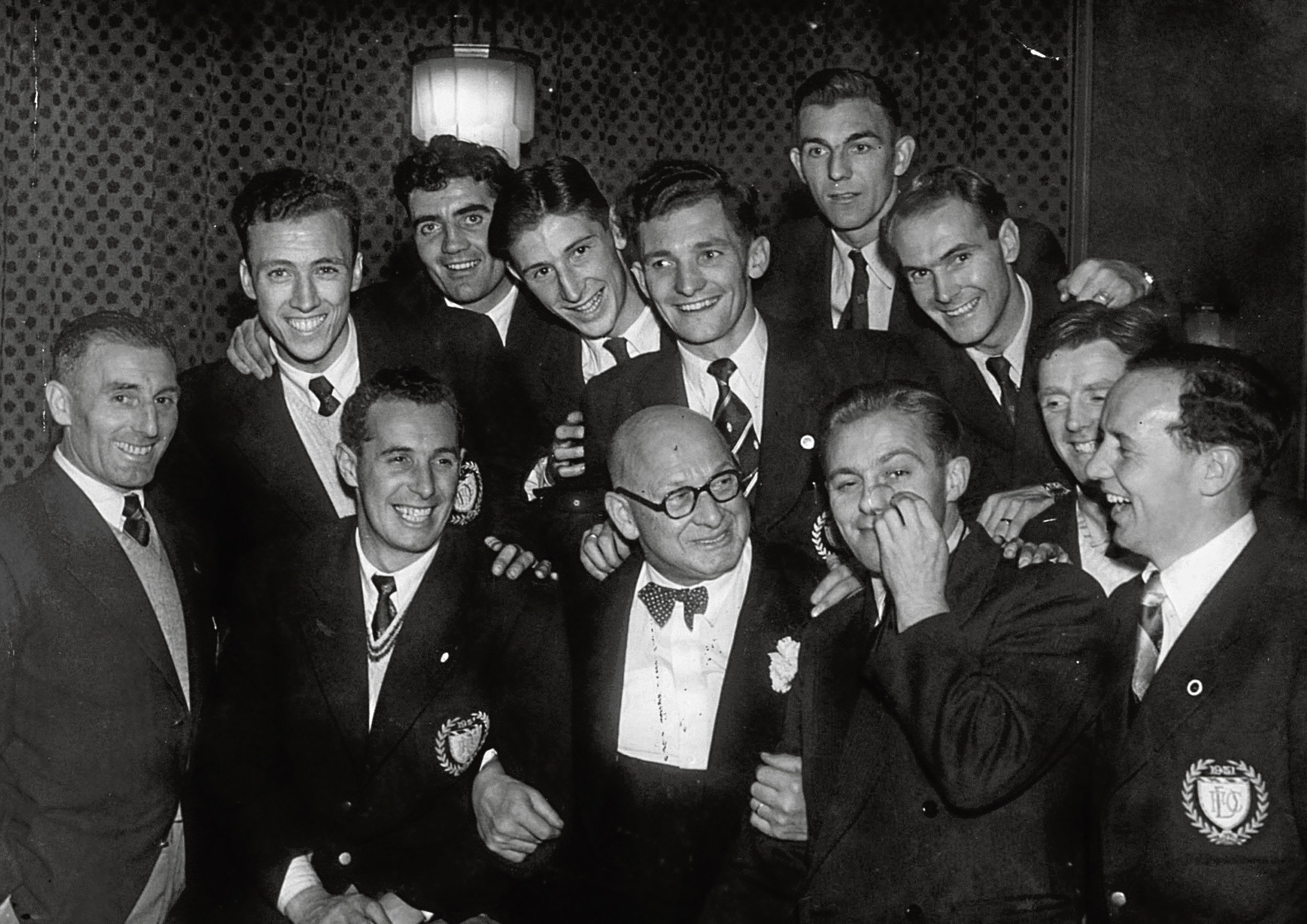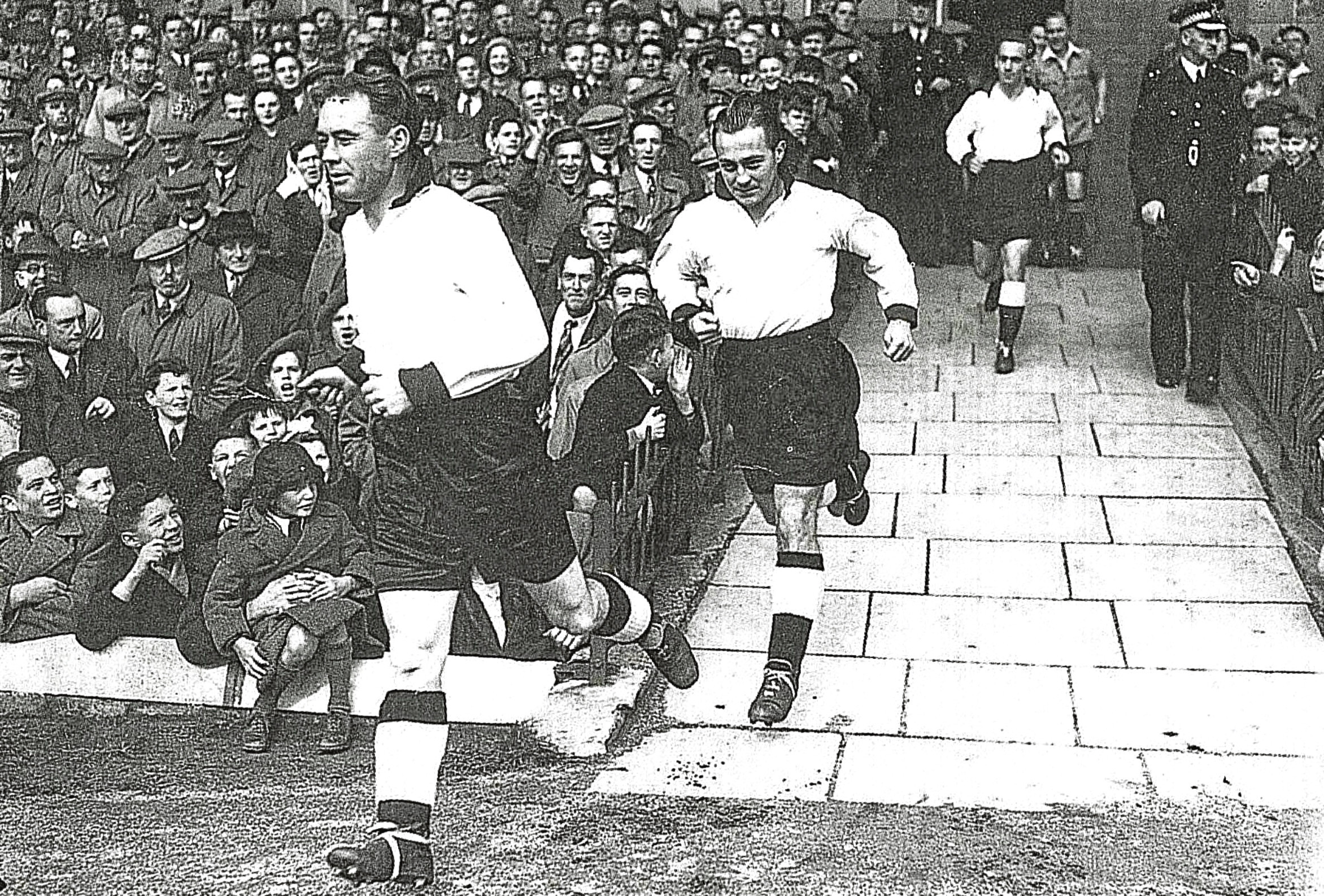With season tickets not valid and a morale-sapping home defeat last weekend, if the crowd at Dundee’s Scottish Cup clash with Motherwell at Den Park on Saturday hits 6,000 it can be regarded as a decent turn-out.
That’s just the way of things in modern football, but there was a time when a meeting of the Dark Blues and the Steelmen could mean a lock-out.
Younger fans might find that hard to believe but the fact is this pair hold the Scottish record for an attendance in a club game not involving either of the Old Firm.
It came 66 years ago when they met in the final at Hampden on an occasion that, unfortunately for fans from this part of the country, produced a shock result.
More of that later, first to the crowd. Exactly why it’s hard to explain but, on April 19, 1952, an astonishing 136,990 packed into Hampden to see the destination of the trophy.
Only the 1937 final, when Celtic beat Aberdeen 2-1 in front of 147,365 punters has the trophy been handed over in front of more people.
By the 1950s some thought, albeit only passing, had been given to health and safety and a crowd of that magnitude would not be allowed in.
And while it’s unlike the Dee v ’Well clash could have rivalled that ’37 attendance, by kick-off the gates had been locked and several thousand fans didn’t get in.
Many of those left outside had travelled down from Dundee and their exclusion was, perhaps, a blessing in disguise. For, despite being strong favourites, a side under owner-manager George Anderson that was considered one of the best footballing outfits in the country at the time ended the afternoon well beaten.
Things might have been different had ’Well full-back and skipper Willie Kilmarnock not pulled off a series of fine blocks in his own penalty box.
By full-time, though, it was the fans from Lanarkshire who were celebrating as second-half goals from Jimmy Watson, Willie Redpath, Wilson Humphries and Archie Kelly secured the famous trophy.
Dundee were effectively killed off by the first two goals coming in the space of a minute or so and, although they still had chances, the later strikes from Humphries and Kelly produced a result few had predicted.
And there was good reason for that, because this was a Dundee side packed with talent, most noticeably in the shape of the legendary inside-forward Billy Steel. Influential as a man who at the time was regarded as one of the best in the world was, they were by no means a one-man team.
Other greats in the line-up included captain Alfie Boyd, Tommy Gallacher as well as the stylish Doug Cowie.
Although they’d gone down narrowly the twice the teams met in the league that season, Dundee had handed Motherwell a football lesson in a 5-1 League Cup semi-final win at neutral Ibrox the previous October.
Indeed, that they would go on to beat Rangers in the final and repeat their success in that cup by triumphing over Kilmarnock the following season, is further evidence as to why they were favourites.
Not for the first time in the Scottish Cup, though, a Dundee team failed to live up to expectations. For a start, it was their first final since 1925 and only their second appearance at that stage since winning the cup for the one and only time back in 1910.
Of course, since that ’52 final, the Scottish Cup has continued to provide frustration for Dens fans, with the only other appearances at that stage coming in 1964 and 2003.
Saturday will provide Neil McCann’s men with the chance to remain on course for Hampden. It just won’t be in front of anything like so many as 66 years ago.

